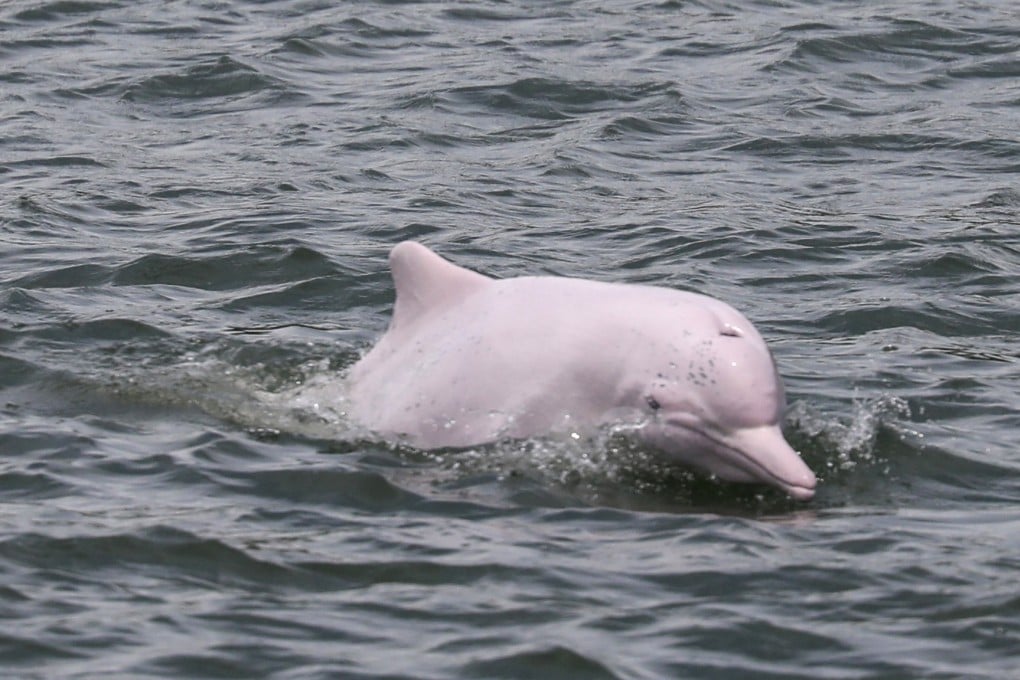Hong Kong-Zhuhai-Macau Bridge construction likely ‘primary stressor’ on dolphin habitat, marine experts say
- Dolphin numbers dropped to record low following construction of bridge linking Hong Kong, Macau and Zhuhai from 2010 to 2016
- Experts say mega Lantau reclamation project will disrupt dolphin habitat and conservation plans are lacking

Conservation efforts to protect Hong Kong’s pink dolphins need to be overhauled and strengthened before major reclamation work begins off Lantau Island, marine experts have warned.
As dolphin numbers dropped to a record low, researchers at the Cetacea Research Institute (CRI) found that construction of the Hong Kong-Zhuhai-Macau Bridge from 2010 to 2016 was likely to have “considerably compromised” the dolphins’ survival rate below levels needed to sustain the population.
While the bridge had long been blamed for falling dolphin numbers, the team’s findings highlighted the need to re-examine current conservation efforts.

“The recent conservation measures in waters off north-northwest Lantau are nothing short of hopeless in terms of providing the necessary food and shelter for the animals they are supposedly meant to protect,” institute director Leszek Karczmarski told the Post.
Beloved by many in Hong Kong, the Indo-Pacific humpback dolphin, also known as pink dolphins or Chinese white dolphins, are native to the Pearl River Delta and listed as a vulnerable species.
Dolphin numbers dropped to a record low of 34 between April 2022 and March last year, compared with 188 over the same period in 2002-03, according to latest data from the Hong Kong Cetacean Research Project, a government-funded organisation unaffiliated with the research institute.
To protect the dolphins and marine life habitats around Lantau, the government has designated four marine parks comprising nearly 4,900 hectares (12,108 acres) of protected waters, with a proposal to add another 2,400 hectares around the Hong Kong International Airport.